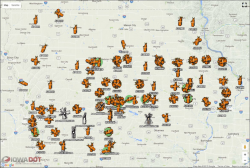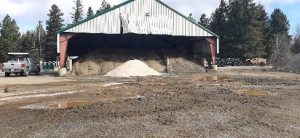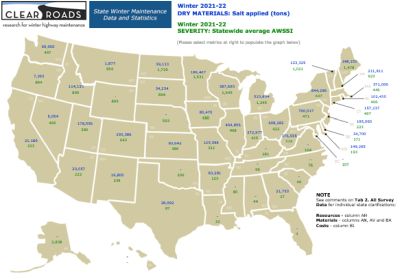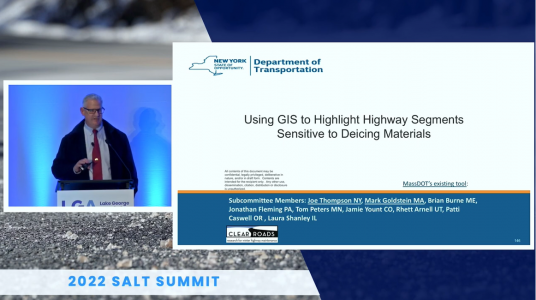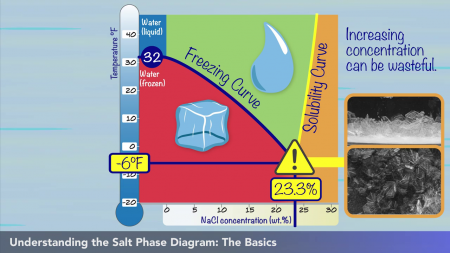New Podcast Episodes from SICOP Talks Winter Ops
AASHTO’s SICOP Talks Winter Ops podcast tackles a variety of topics in recent episodes: Potholes and other leftovers from winter storms (Episode 67): Greg Duncan from Tennessee DOT shares his experiences with potholes and other roadside issues caused by winter weather. February 2023. Podcast. Implementing Snow and Ice Control Performance Measures (Episode 66): Caleb Dobbins, SICOP … Read more


